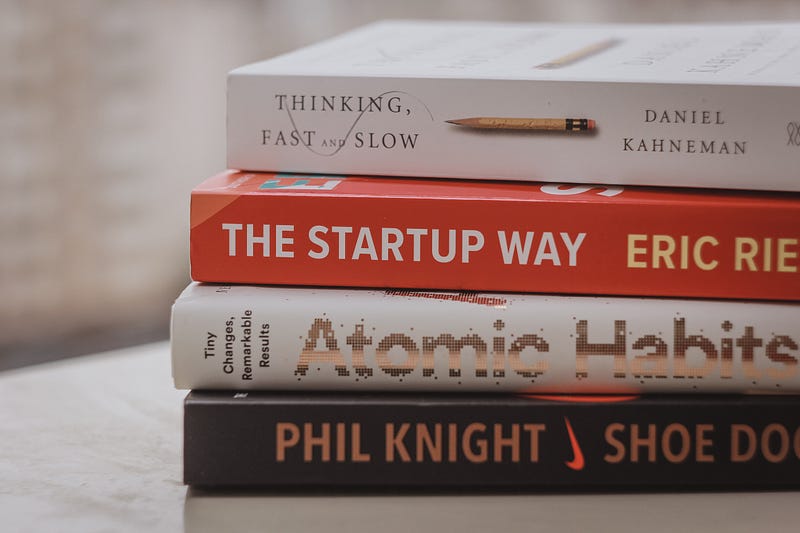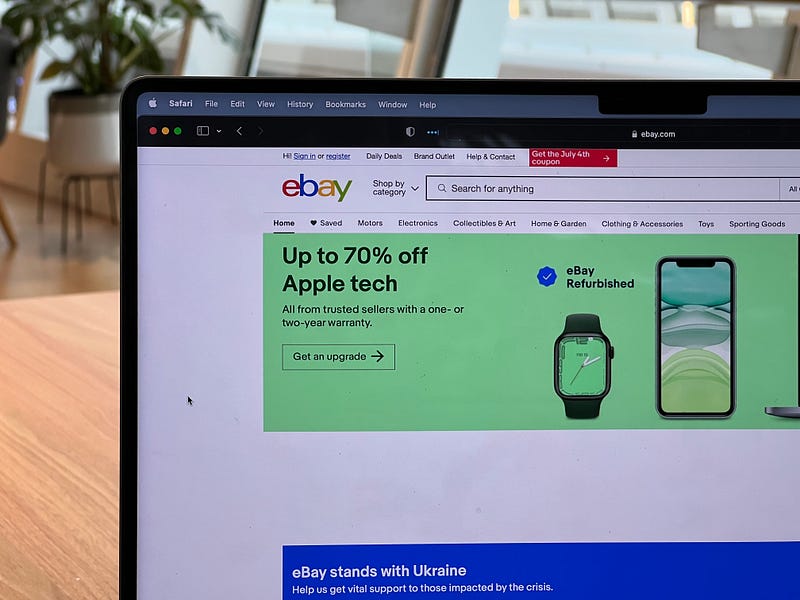Insights Gained from Mentoring and Judging Startups
Written on
Chapter 1: The Startup Landscape
The startup ecosystem is truly exhilarating, characterized by vibrant enthusiasm, resourcefulness, and an energetic atmosphere. Over the years, I have had the privilege of judging and mentoring more than a hundred startups through various accelerators worldwide, including MassChallenge and Techstars. Throughout this journey, I've witnessed numerous triumphs and setbacks.
In my experience, successful startups often exhibit common traits. The following insights aim to provide prospective startup teams with concise guidance, supplemented by examples. While this is not an exhaustive manual, it should address most essential aspects for many startups.

Chapter 2: Identifying Problems
Problem — Urgency, Reach, and Willingness to Pay
What issue are you addressing? Clearly articulating the problem statement is crucial. Evaluate it through three lenses:
- Urgency: The more pressing a problem, the higher the likelihood that users will embrace a solution, even if it’s not perfect. For instance, during the COVID-19 pandemic, the urgent need for personal protective equipment and vaccines accelerated their production and adoption, despite some solutions being less than ideal.
- Reach: If a problem affects a large demographic, it’s easier to find potential customers. Take Facebook, which connects individuals in a non-urgent manner but successfully reaches a vast audience.
- Willingness to Pay (WIP): Are potential customers ready to spend money on your solution? Without this, the business may struggle financially. The rise of telehealth services during the pandemic exemplifies how urgency and willingness to pay can lead to rapid market growth.

Chapter 3: Understanding Your Customer
Persona — Unique Insights
Who is your target audience? Understanding their demographics, beliefs, decision-making processes, and purchasing power is vital. Possessing unique insights about your customers can significantly enhance your chances of success.
For example, Airbnb recognized a unique opportunity: many individuals were open to renting out spare rooms to travelers. This insight was pivotal in its inception.

Product — Desirability, Usability, Feasibility, and Viability
When developing your product, consider the following criteria:
- Usability: The product must function effectively and be easy to use. For instance, while a unicycle is simpler and cheaper, its steep learning curve limits its popularity compared to bicycles.

- Desirability: Customers should want your product. The Tata Nano, despite being affordable, struggled because it was perceived as "cheap."
- Feasibility: The product must be technically achievable within a reasonable timeframe. Electric cars faced limitations in the 1820s due to inadequate battery technology, but advancements have since revitalized their market presence.
- Viability: From a financial standpoint, the product needs to be sustainable and compliant with regulations. Many innovative products have failed due to financial impracticalities.

Chapter 4: Competitive Protection
Even if your product meets all criteria, if it can be easily replicated, the risk of competition remains high. Owning proprietary technology, patents, or unique algorithms can significantly reassure investors.
Consider eBay, which faced a rapid competitor in Germany called Alando. The growth of Alando prompted eBay to acquire it for $43 million shortly after its launch.

Chapter 5: Market Dynamics
Market Size and Composition
How expansive is your market? An idea that can capture a significant share of a small market may not attract venture capital interest. Presenting your market size in terms of Total Addressable Market (TAM), Serviceable Attainable Market (SAM), and Serviceable Obtainable Market (SOM) can provide clarity.
Identifying the Beachhead Customer Segment
Pinpoint your core customer segment — the group most in need of your product. Initially focusing on this group can facilitate early traction. Facebook's strategy began with Harvard students before expanding outward.

Chapter 6: Building a Strong Team
Core Team, Advisors, and Partnerships
What unique strengths do your team members bring? Ideally, having two founders with complementary skills is more beneficial than a single or overly large team.
Consider Chipotle, which expanded from a small chain to over 3,000 restaurants, thanks in part to McDonald’s investment and support.

Chapter 7: Strategic Planning
Play — Competitive and Corporate Strategy
How will you achieve short-term wins and long-term goals? Defining your competitive strategy is essential for immediate success, while a clear corporate strategy will guide your overarching vision.
Nvidia’s corporate strategy focuses on creating a superior GPU platform for enterprise AI needs, which has ultimately led to significant market success.

Chapter 8: Profitability Pathways
When do you expect to break even? Providing a realistic timeline and estimates can reassure potential investors, especially in uncertain economic climates.
Utilizing metrics like Customer Lifetime Value (CLTV) to Customer Acquisition Cost (CAC) ratio can help illustrate profitability potential. A ratio of 1.5 or higher is generally favorable.

Chapter 9: Final Thoughts
Startups are inherently agile and risk-tolerant, which presents both advantages and challenges. Ensure you keep the big picture in mind while crafting your pitch. Utilize frameworks like 'The Lean Startup Canvas' to cover all necessary elements.
As Barbara Sher wisely said, “The amount of good luck coming your way depends on your willingness to act.” Ultimately, success can often hinge on timing and the right connections. Persist through setbacks — all it takes is one “Yes” to make a difference.

The value of mentors in the startup ecosystem is explored in this TEDx talk by Hamish Hawthorn, highlighting their crucial role in guiding entrepreneurs.
Linda Rottenberg discusses how being "crazy" can be an asset for entrepreneurs in this engaging talk, emphasizing the importance of unconventional thinking.